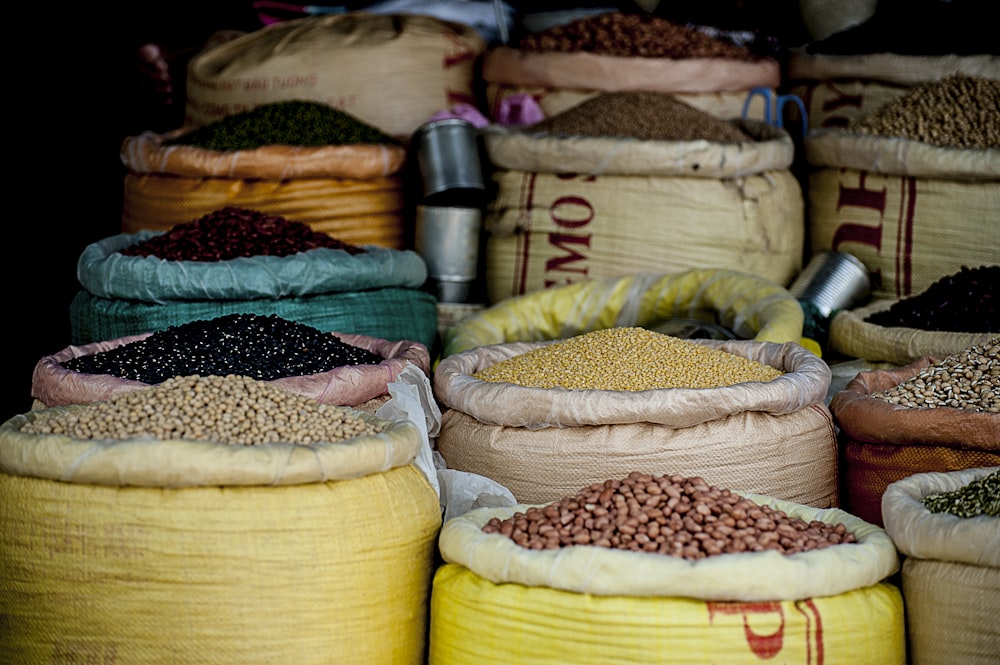

 Although the index tracks the costs of raw commodities rather than consumer retail prices, the declines offer hints of easing supermarket prices in 2024. The jump in the index derives from many issues, such as Russia’s invasion of Ukraine, global supply chain snarls, soaring inflation, and El Niño-related weather disruptions, which ignited a global cost-of-living crisis. Bloomberg noted, “Corn and wheat futures prices saw their biggest annual declines in a decade last year, as supply concerns faded. Futures prices for hogs and palm oil also posted big declines.” Even though the global food index has dropped a quarter since peaking in March 2022, the index remains just below levels responsible for anti-government protests, uprisings, and armed rebellions in the 2010 Arab Spring.
Although the index tracks the costs of raw commodities rather than consumer retail prices, the declines offer hints of easing supermarket prices in 2024. The jump in the index derives from many issues, such as Russia’s invasion of Ukraine, global supply chain snarls, soaring inflation, and El Niño-related weather disruptions, which ignited a global cost-of-living crisis. Bloomberg noted, “Corn and wheat futures prices saw their biggest annual declines in a decade last year, as supply concerns faded. Futures prices for hogs and palm oil also posted big declines.” Even though the global food index has dropped a quarter since peaking in March 2022, the index remains just below levels responsible for anti-government protests, uprisings, and armed rebellions in the 2010 Arab Spring.  As we noted in November, the world is not out of the woods yet.More By This Author:Dollar Off To Best Start To A Year Since 2005ECB Rate-Cut Odds Tumble As EU Inflation Re-Accelerates In DecemberSpaceX Sues Federal Agency Over ‘Unconstitutional’ Structure
As we noted in November, the world is not out of the woods yet.More By This Author:Dollar Off To Best Start To A Year Since 2005ECB Rate-Cut Odds Tumble As EU Inflation Re-Accelerates In DecemberSpaceX Sues Federal Agency Over ‘Unconstitutional’ Structure















